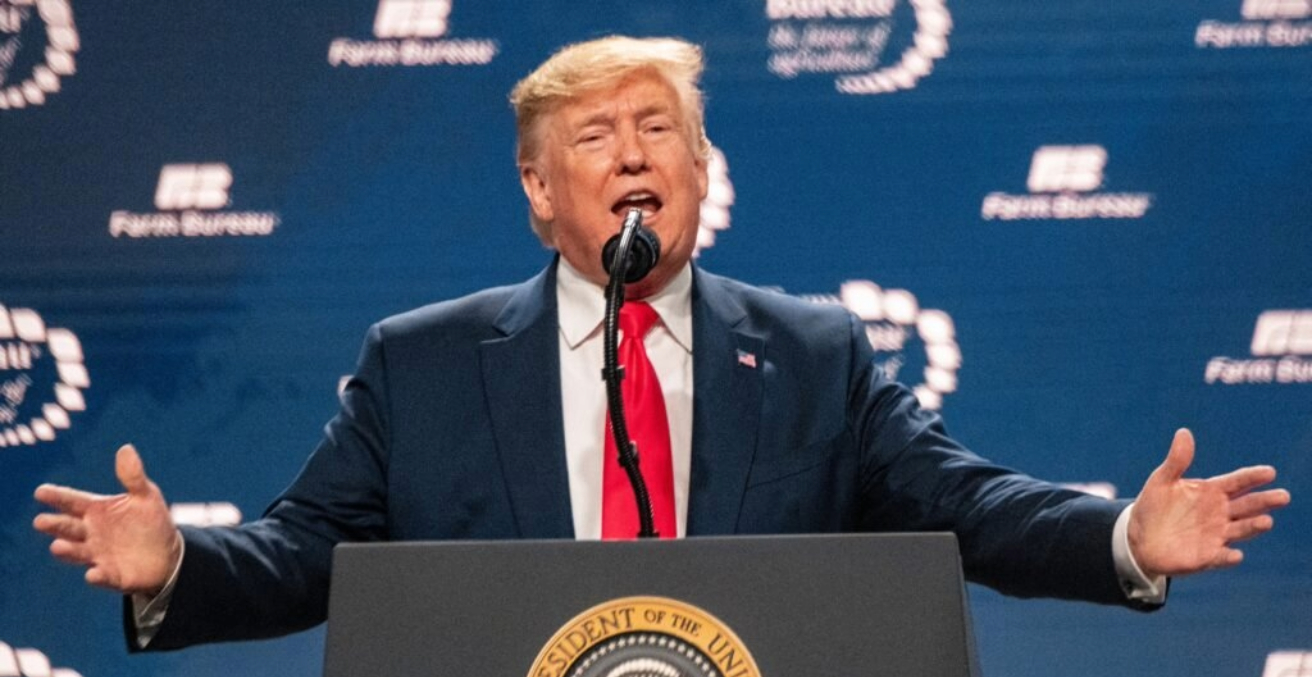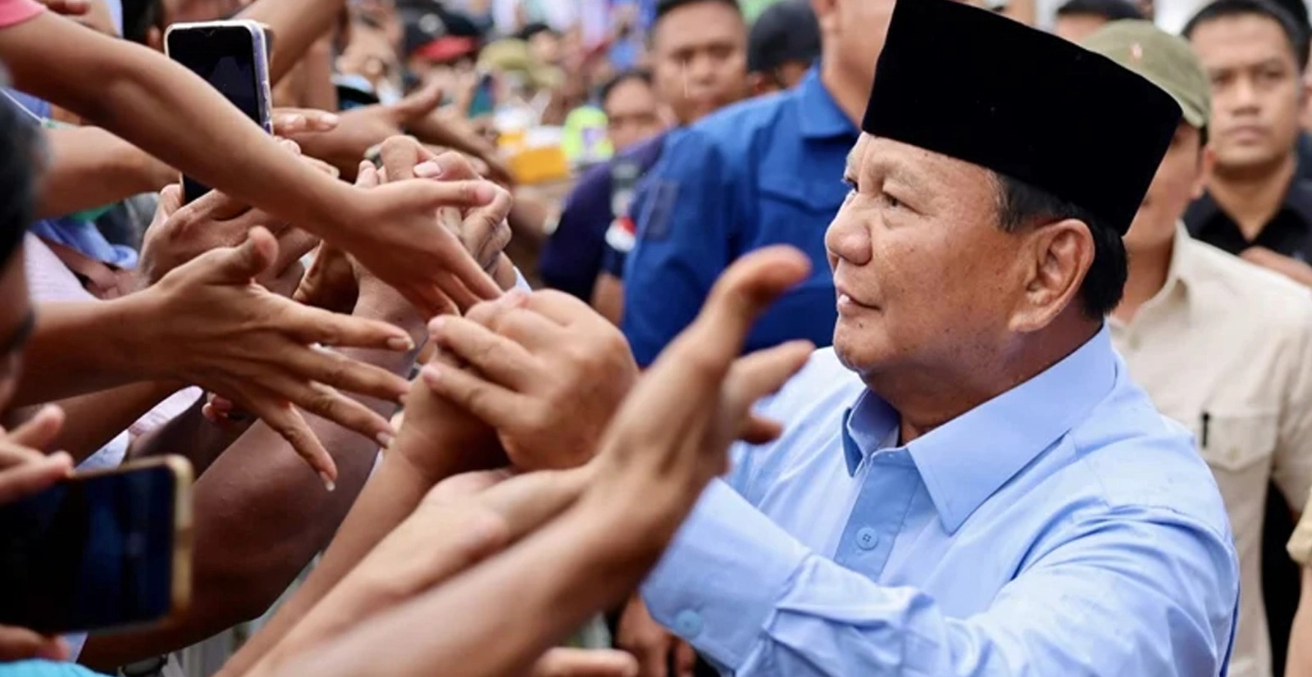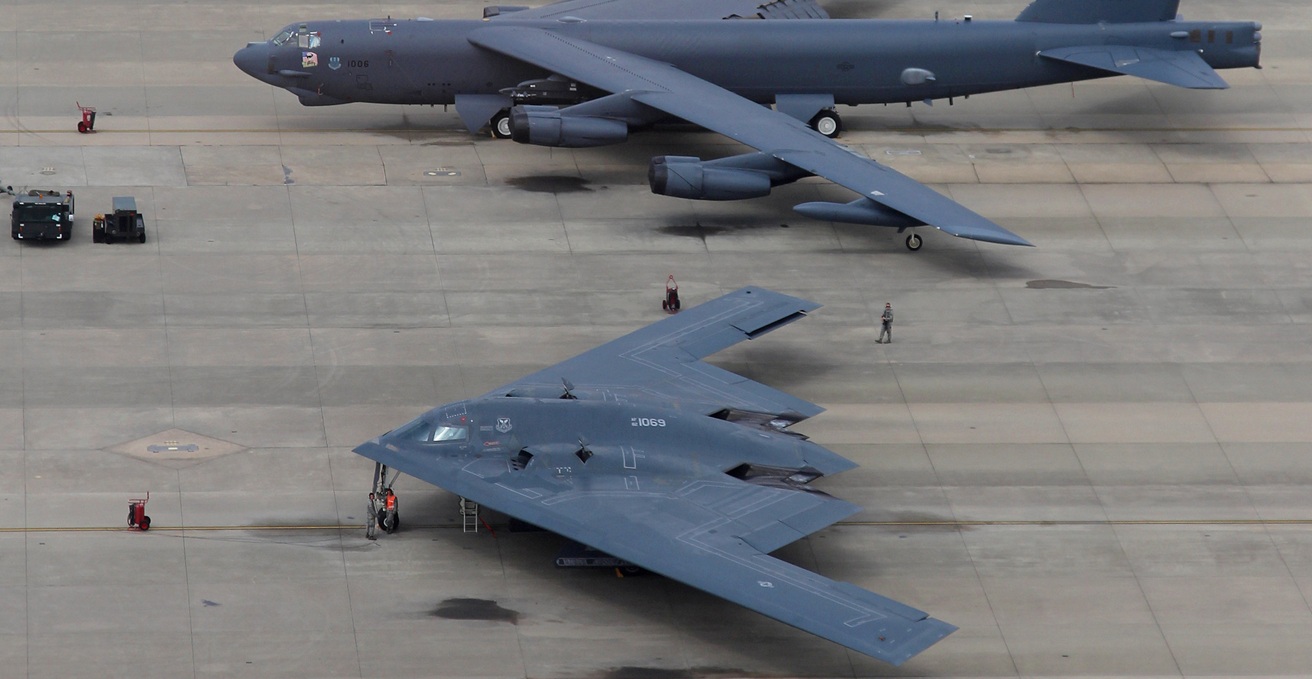In this latest volume, Joseph MacKay offers a novel approach to understanding counterinsurgency. From its historical roots to the contemporary, this is a thorough-going intellectual history of the concept.
Throughout the early 2000s and into the mid 2010s, scholars and practitioners of warfare were captivated by a renewed intellectual interest in countering the political and social phenomenon of insurgency. Numerous authors attempted to unravel the lessons of the past and improve our understanding of insurgency, including its causes and modes; and counterinsurgency, including strategies and tactics which have proved to be both effective and counterproductive in the past. There were concerted efforts to apply these lessons to contemporary circumstances, especially to the conflicts that Western military forces faced in Iraq and Afghanistan, and to generate new ideas about counterinsurgency. Although many experts have reviewed past literature on counterinsurgency, few have done so as systematically and thoroughly as MacKay, and fewer still have produced such unique and valuable insights.
MacKay creates a novel typology of counterinsurgency, dividing military thinking into two historical periods. The first period, from the 17th and 18th centuries, focused on the conduct of small wars with little consideration of the broader political context in which they were fought. The second period, from the 19th to the 21st century, is typified by a conservative and reactionary approach to countering revolutionary violence. MacKay argues that contemporary counterinsurgency theory is essentially conservative and perhaps revisionist in its pursuit of protecting an existing order above change, sometimes idealising the existing order or attempting to build an idealised version of the status quo. The book presents the experiences of Johann Ewald during the American War of Independence as a key turning point in the intellectual history of counterinsurgency. The book depicts Ewald as the first clear example of a counterinsurgent with a counterrevolutionary worldview, which serves as a distinct intellectual evolution from the first to second periods of counterinsurgent thinking in MacKay’s typology. This is both novel and illuminating as it depicts a watershed in the intellectual history of counterinsurgency that has been largely overlooked.
The Counterinsurgent Imagination presents its content in a chronological order that suits its arguments well. MacKay begins with an overview of counterrevolutionary warfare, linking prehistories of irregular warfare to the European concept of small wars in the 16th through to the 18th centuries, and to contemporary counterinsurgency. The book then examines the experiences of two key thinkers representing the transition from the first to second periods of counterinsurgent thinking, Johann Ewald and C. E. Callwell. It notes that through his efforts to counter the American War of Independence, Ewald became a counterrevolutionary under what MacKay terms “transitory intellectual conditions,” and was an intellectual precursor to the conservativism seen in later conceptions of counterinsurgency. MacKay examines Callwell, widely considered to be a key intellectual figure of the British Empire’s approach to small wars, as another example of early conservatism in using repressive violence to counter revolutionary changes sought by insurgents.
The book then shifts its focus to the work of David Galula, one of the most famous counterinsurgents of the 20th century. MacKay positions Galula’s work as an example of contemporary conservative counterinsurgent thinking within the scope of the book’s typology, with Algerian counterinsurgency an example of counterrevolutionary violence intended to preserve the status quo.
The book finally lands on FM 3-24, the 2006 US Army Field Manual developed to guide American and Coalition forces through concurrent wars in Iraq and Afghanistan. It sees FM 3-24 as a largely bureaucratic distillation of 1960s era American thinking on counterinsurgency. MacKay argues that the manual was a culmination of conservative, modernist, and utopian approaches to counterinsurgency that were popular in the US military at the time, and is representative of contemporary counterinsurgent thinking.
The Counterinsurgent Imagination is an ambitious book that presents an intellectual history of counterinsurgency from its conceptual roots in the 17th and 18th centuries, through the heavily examined 19th and 20th centuries, and up to the contemporary era. It provides a refreshing and insightful perspective on the history of ideas that underpin contemporary thinking on counterinsurgency by tracing the concept back farther than most others, and by linking early works on small wars to current debates.
By limiting the book to the practice of counterinsurgency rather than including ideological debates about the nature of insurgency as a socio-political movement, MacKay has allowed himself to focus specifically on military strategic and doctrinal thinking. This offers a level of precision that would have been unachievable in a broader text, but also runs the risk of removing insurgency from the human and societal context in which it exists. Other than some speculation about the range of alternate political worldviews towards the end of his writings, MacKay largely avoids the temptation to draw inferences about insurgency beyond the scope of the book. Instead, The Counterinsurgent Imagination offers deep insights into the evolution of military, strategic and doctrinal thought that underpins current conceptions of counterinsurgency.
This is a review of Joseph MacKay, The Counterinsurgent Imagination: A New Intellectual History (Cambridge: Cambridge University Press, 2023). ISBN: 9781009225847
Dr John Hardy is the Assistant Dean of Graduate Studies and Research Manager at Rabdan Academy. John was previously Director of Security Studies at Macquarie University and a Research Fellow at the ANU National Security College (NSC).
This review article is published under a Creative Commons License and may be republished with attribution.




